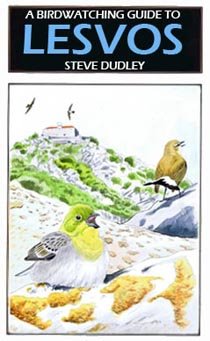 Bright-line Brown-eye
Bright-line Brown-eye at sugared rag
It was only last week I thought about attempting one of the so called 'dark arts' of mothing - sugaring. I knew
The Natural Stone was a dabbler, so I sought his advice and he kindly passed on his ingredient list (an old traditional) and some dark art tips. So last night I cooked up the mix and soaked four rags and deposited them in various parts of the back garden at around 10pm. I had some of the mix left, so I daubed it on a couple of fence posts. Over the next couple of hours I didn't have a huge number of moths coming to the sweet, sticky treats, but none-the-less, I was happy with my first attempts which I already know I could refine on other occasions.
 Dark Arches
Dark Arches at sugared rag
All the rags attracted something and in all I attracted Bright-line Brown-eye, Dark Arches, Common Wainscot, Poplar Grey and, the star of the show (and one of the Natural's regular sticky treaters), a single Herald.
 The Herald
The Herald caught at sugar rag but photographed in daylight
The Herald was particular pleasing. I decided to retire just after midnight but decided that I would leave the rags in situ for the moths to enjoy throughout the night. Answering a call of nature just after 2am, I decided to take a quick look at the rags. The usual suspects were present, but attracted to the drips on the ground below the rags, slugs and snails were also enjoying a little tipple. And there under one rag was one of my fave animals - Leopard Slug.
 Leopard Slug
Leopard Slug attracted to sugar mixture
I grabbed the camera and took a few snaps. A quick squint at the rags again before I return to my bed, and I noticed a new moth on one of the rags. I approached and it was a bit flighty. I stepped back and it flew to another rag. I knew immediately it was a Herald due to its distinctive shape, so I took a pot from my pocket and managed to pot in first time. I'll enjoy you in the morning in good light I thought to my latest garden find.
For a full list of Toadsnatcher's garden moths
click hereAll images | Nikon Coolpix 995 | © Steve Dudley



































































